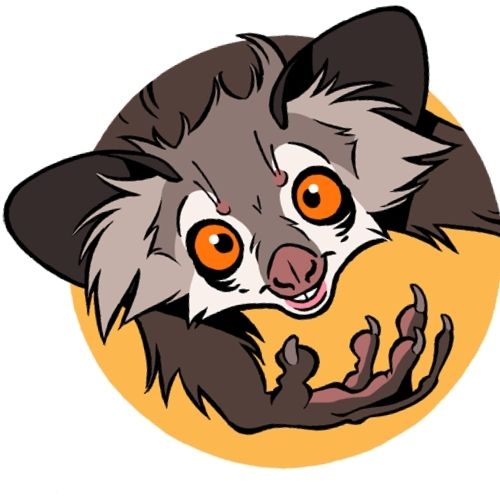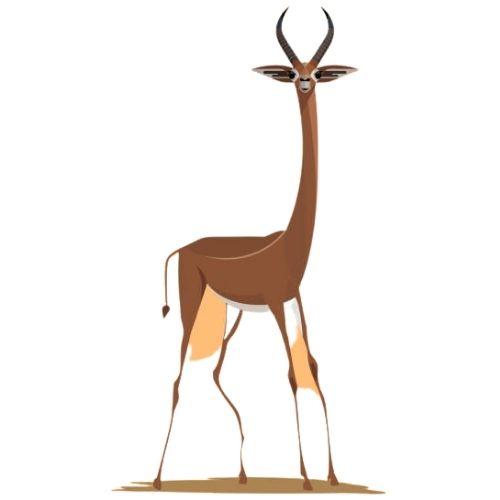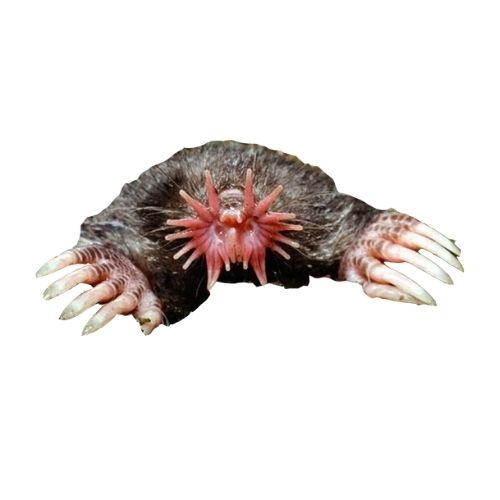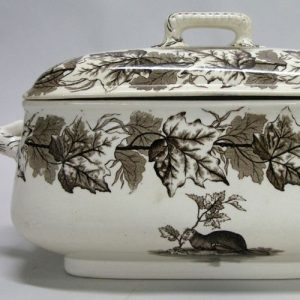Drawing by Ear
In the colonial era, many European potters liked to decorate their works with images inspired by Canadian flora and fauna. However, many of them had never even set foot in North America!
They would therefore have to paint using oral descriptions from people who had seen these plants and animals. For example, on our vegetable dish at the bottom of the page, there is an animal that is supposed to be a beaver.
But… don’t you think he looks a bit more like a rat with a fish’s tail?
Grade 3-4
Duration : 20 minutes

Objective
To understand that it is difficult to draw a subject when you have never seen it.
Guidelines
Listen to the descriptions.
Draw the animals based on what you hear.
Compare your drawing to the actual pictures.
Material
- Paper
- Pencils
Steps
1
Read this description out loud:
- I have big round ears
- A small narrow head
- Big yellow eyes
- A little crushed nose, it almost looks like a muzzle
- A small mouth
- 4 legs
- Long clawed fingers
- My hair is black and brown, but I hardly have any on my face
- My tail looks like a big feather duster
- I like to hang on to the branches of trees.
2

Show the picture.
This animal is the aye-aye, a small primate that lives in Madagascar.
3
Read this description out loud:
- I am a very special gazelle.
- I have a slender body and a very, very long neck!
- This is what I’m known for.
- I have a very thin muzzle, long ears, big eyes and two horns!
4

Show the picture:
This animal is a gerenuk gazelle!
Their long neck allows them
to feed on tender leaves.
They really like the heat, so you can find them in Africa!
5
Read this description out loud:
- I am very small
- I have a small head
- You can’t see my eyes, they are so small
- I have a long muzzle from which 22 symmetrical tentacles come out
- I have 4 legs and long clawed fingers
- My hair is gray
- I have a long thin tail
6

Show the picture:
This animal is a star-nose mole.
It lives in North America and is hamster-sized.
Food for Thought
Have you ever seen these animals? Does your drawing look like the picture?
Now we know why European artists used to draw some funky-looking animals!
How would you describe this beaver?



